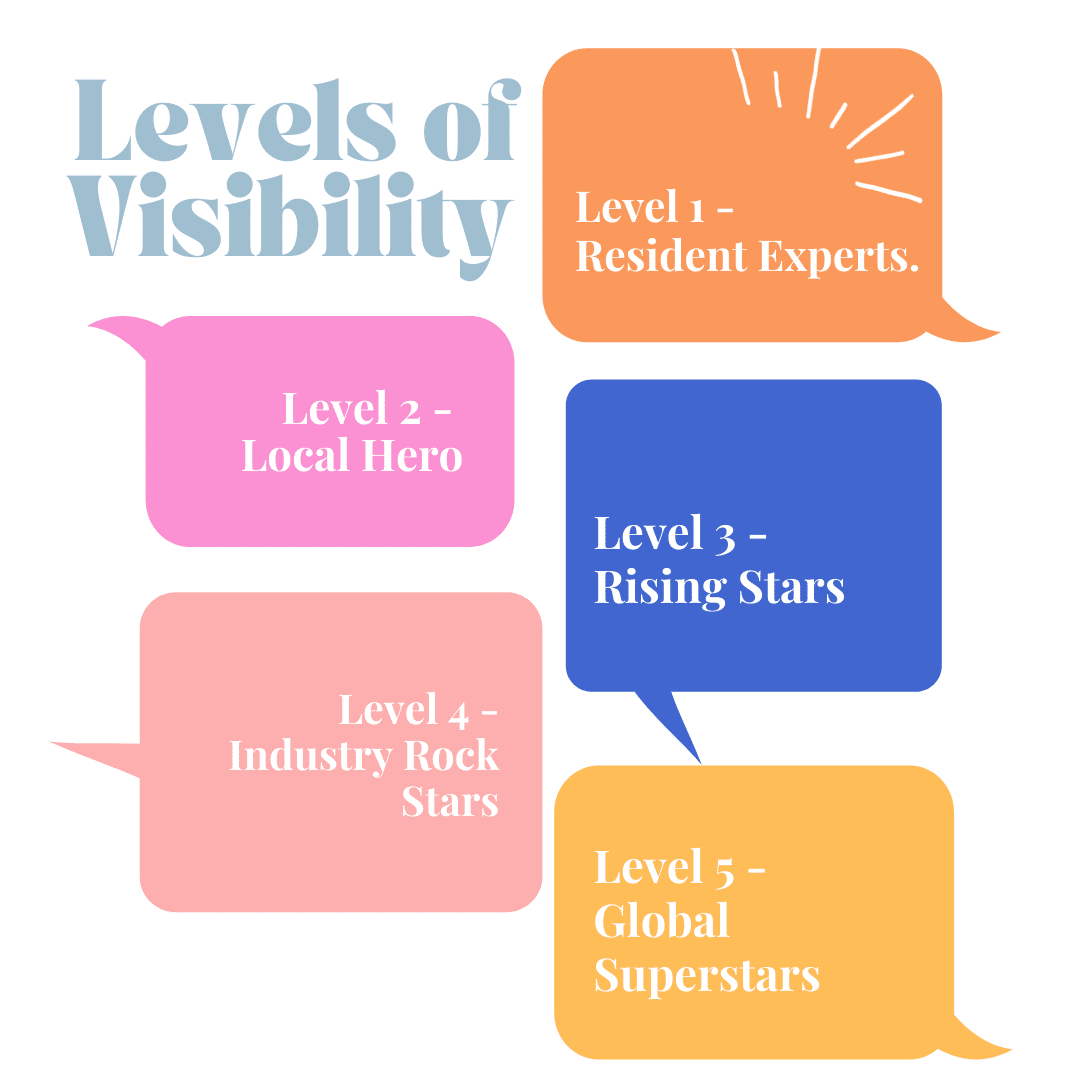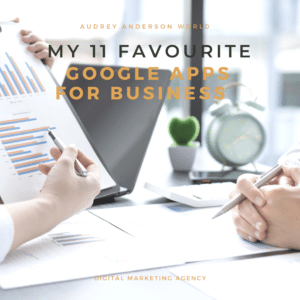
Lash Serums That Work My Favorite – 2023 Review
Lash Serums That Work and are my favourite – A Review We may get paid a commission if you buy something after clicking on one of our affiliate links here
Personal Branding How-to


“Take your personal branding everywhere you go”, and my personal branding. How-to, man. So how do you stand out from the marketplace? Good news spreads quickly. Chances are, if you’re on a terrific thing, others will be too. So maybe you’re going to face some fierce competition.
People are constantly reinventing themselves—to take on a new challenge, change to more meaningful work, or rebut stereotypes that have hampered their career development. Often the improvements are significant (a financial services manager moves into retail, a venture capitalist becomes a life coach).
Often rebranding is subtle, as with an executive who wants to move forwards but needs to conquer a knock that is “not good with numbers.”
Taking control of your personal brand can mean the difference between an unfulfilled job and a satisfying career. As Longfellow said, “We judge ourselves by what we feel capable of doing, while others judge us by what we have already done.” Your path can make perfect sense to you, but how can you convince others to accept your new brand—and take you seriously

I want you to know that you will need one essential attribute to take your personal brand and profession to the next level: perseverance. So take it from me: there will be bumps and difficulties along the way, and you may need to make course corrections from time to time to get back on track. But that’s fine. A little difficulty is unavoidable, and you must be prepared to push through the inevitable headwinds.
The last thing I want to do is put you down. Building a great personal brand that propels you to fame in your area is actually simpler than it appears.
Remember that from the bottom of the mountain, the summit always appears inaccessible. But if you concentrate on the journey itself — taking one modest step at a time — you’ll find yourself looking down in awe at the world you’ve left behind. It’s a trip well worth taking!


This road map was created for any service professional, expert, or executive who wants to construct a personal brand but is unsure where to begin. It is also intended for marketing directors in professional services organisations responsible for increasing the visibility of their organisation and its individuals.
The technique I provide is the same whether you are a solopreneur or work for a Fortune 100 company. However, there is one condition. Whatever your position, there is one basic that I cannot teach you: you must have genuine competence in your industry. There is no such thing as faking expert knowledge.
Five progressively more evident levels of skill are described in the book The Visible Expert:
Your first task is to determine which of these levels best fits you right now. Then you must pick what level of competence you want to achieve.
Before you rush to Global Superstar, keep in mind that each subsequent phase demands more effort and time than before.
For example, moving from Resident Expert to Local Hero is often easier than moving from Industry Rock Star to Global Superstar. To become a global household brand, you will most likely need to devote a significant amount of your free time. Are you devoted and obsessed enough to pull it off?
It is a long fact that a reader will be distracted by the readable content when looking at its layout.

A personal brand is built around your knowledge or expertise, previous jobs, appearance, lifestyle, and interest. You’re going to take this Personal Brand with you everywhere you go. This is your reputation.
Your brand is a living thing—and the living thing has a personality! That’s why you need to figure out how to define your brand personality before developing a brand for yourself, your company, your organisation.
Spending time to think about what makes you different from your peers is about your strengths, desires, and goals. For example, if you left your job today, what will your company and colleagues miss? Know who you are and who you’re not.
Rebranding isn’t easy, and if your strategy isn’t well thought out, you’ll end up confusing yourself and others. Start by deciding where you really want to spend your resources. Check out the industry’s related trade journals, do informational interviews, and even try some internships.
This is no longer only for college students; vocation, for example, enables people to train with professionals ranging from digital marketing gurus, beauty industry professionals, social media marketing agencies. If you’re looking to advance or move laterally within your organisation, see if there’s a shadow programme or a sabbatical—and look for a mentor to direct you.
Ask trusted bosses, coworkers, and friends for four or five adjectives to describe you. What the hell are you good at? What are your qualities, huh? In which ways do they see you as “irreplaceable?” These will be the three key terms they’d use to describe you, and they also need to fit with how you’d describe yourself.
Using distinguishing characteristics to your advantage, even if they are not strictly applicable to your job. Robert Reich, former U.S. Secretary of Labor, is less than five feet tall. He knew people would be shocked to see him for the first time—and he didn’t want his height to be a nuisance. So Robert would loosen up audiences with a joke or two about his height, and, in the same vein, he’d titled his campaign book I’ll Be Short. Like it or not, “short” was part of his brand—and he shrewdly used it.
Where would you like to be in the next six months, one year, five years, ten years, huh? Defining your goals is important to produce a message that rewards you from achieving them.
After you’ve adopted your rebrand, it’s simple to make new contacts—the new ones can take you to face value. The tougher slog is to reintroduce yourself to your current network.
The fact is, the vast majority of people don’t pay much attention to you. That means that their views are probably a few years out of date—and that’s not their fault. We are not expecting someone to remember the specifics of our lives. So, strategically, you need to re-educate your friends and acquaintances—because they will be your clients, advisers, or the drivers for the new positions you are looking for.
Just like Starbucks knows that their target audience is coffee drinkers, you want to establish clearly who you want to send your messages to on social media too. This will not only help you hone your message, but it will also help you deliver it to the right places.
You’re probably practised putting yourself behind in front of an HR company, coworkers, and clients. You still want to be loyal to these groups, but be loyal to yourself first. Then, if you develop a strong Personal Brand, you will get bought without having to sell yourself.
The total sum of how you represent yourself to the world is the aspect of your public image that you can influence. So if your brand is developed, make sure that the little things—the way you dress, the body language, how you behave with your coworkers, the emails you write—are consistent with your brand message.
Take a look over your resume to see if it matches your company’s brand. Ensure that your resume precisely describes who you are and is consistent with both your short-term and long-term objectives.
Set up accounts at social networking sites such as LinkedIn, Twitter, Instagram. Ask those in your target audience to subscribe to your pages and update daily. Make sure your updates are germane to your branding message.
Your website should highlight your professional accomplishments, skills and knowledge, what you stand for, and your overall value. Make it primarily about you, not your company or clients.
Platforms like Wix, WordPress make it easier than ever to promote yourself to your target audience. Commit to posting a couple of times a week on topics that your audience will find interesting and educational, highlighting your unique skills and experience.
Write a blog post for another website, contribute to industry publications, or update the content on your own website. Being published is an ideal way to promote yourself as an expert in your field.
Be sure to promote your brand in person, too. Join and participate in industry groups, give talks at conferences, or offer to spearhead a large project that highlights your unique talents.
If you want to be very competitive and effective, you need to have a personal brand that mirrors the professional brand you want to portray. If you’re looking to get a promotion or land your dream job, creating a powerful and trustworthy brand will help you achieve your goals.
In the internet age, the signs of your old brand will never vanish completely—and as long as you think about what you’ve learned along the way, that’s okay. The challenge is to be proactive in deciding how you want to be viewed, create a convincing narrative that describes your evolution, and spread the message. Consider “search engine optimisation” for your life: the more links you create, and the more value and content you constantly add to the stream, the more likely it is that your new brand will be known, remembered, and searched for.

Lash Serums That Work and are my favourite – A Review We may get paid a commission if you buy something after clicking on one of our affiliate links here

Rodan and Fields Consultant + Rodan and Fields Find a Consultant Should I join the Rodan Fields Consultant Program? EVERYTHING YOU NEED TO KNOW ABOUT BECOMING A CONSULTANT FOR RODAN

The best sunscreens The Best Sunscreens – so you can be sure you’re getting the best protection possible. AAW Your ultimate guide to the Best sunscreens CHICHI KAWA – Summer

My best hair care products We may get paid a commission if you buy something after clicking on one of our affiliate links here on the site on the best

Retinaldehyde The Ultimate Guide to Retinaldehyde – the Older Sister of Retinol: The type of retinoid you use matters if you are looking for a retinoid to treat acne, premature

My 11 Favorite Google Apps For Business If you haven’t already, I invite you to check out the G Suite platform for your business and my Favourite Google Apps For
